Do you have a question about the Sony KDL-26P3000 and is the answer not in the manual?
Explains how to dispose of old electrical and electronic equipment correctly.
Information about DVB-T compatibility and availability.
Lists items included in the package and how to check them.
Step-by-step guide on how to attach the TV stand.
Instructions for connecting external audio/video devices.
Instructions to prevent the TV from tipping over.
Instructions for neatly organizing cables.
Initial setup for language, region, and location settings.
Guide for automatically tuning TV channels.
Instructions on how to detach the TV stand.
Safety guidelines for installing and setting up the TV.
Precautions for moving the TV and ensuring air circulation.
Safety instructions for handling the power cord and socket.
Lists prohibited uses and actions for broken glass.
Recommendations for when not in use and child safety.
Advice on comfortable viewing and LCD screen maintenance.
Instructions for cleaning the TV screen and cabinet.
Explains the purpose of various buttons on the remote control.
Describes the functions of physical buttons and indicator lights on the TV.
How to turn on, switch modes, and select channels.
Icons in digital mode and additional operations like volume adjustment.
Instructions for using the Text service and freezing the picture.
How to adjust the screen aspect ratio manually.
How to use the Tools menu for various settings.
How to access and perform operations within the EPG.
How to schedule recordings and set reminders via EPG.
Creating, watching, and editing digital favourite channel lists.
Details on connecting various external devices to the TV.
Accessing TV settings and viewing two pictures simultaneously.
How to select and view content from connected devices.
Returning to TV mode, accessing favourites, and managing HDMI audio.
Connecting and configuring HDMI control for interlocked equipment operations.
Guide to navigating menus and understanding main categories.
Settings for picture modes and display modes for PC input.
Adjusting backlight, contrast, brightness, colour, hue, and sharpness.
Adjusting the white balance of the picture.
Settings for noise reduction and contrast enhancement.
How to reset picture settings to factory defaults.
Selecting sound modes and adjusting treble, bass, balance.
Resetting sound, dual sound, and auto volume configurations.
Controls sound output through TV speakers or audio system.
Adjusts screen format and power saving modes.
Configures AV output and RGB centre adjustment.
Customizes TV display for PC monitor use.
Manages sleep timer and clock settings for the TV.
Configures the timer to turn the TV on or off.
Initial setup for language, tuning, and sorting channels.
Organizes channels and names input sources.
Sets up HDMI control for interlocked equipment functions.
Adjusts sound levels and manually presets channels.
Assigns channel labels and fine-tunes picture quality.
Adjusts audio, skips channels, and configures decoder usage.
Performing auto tuning, list editing, and manual tuning for digital channels.
Configuring subtitle display and audio language/description.
Settings for banners, radio display, parental controls, and PIN.
TV updates, system info, time zone, and CAM setup.
Detailed technical specifications of the TV.
Supported TV systems and colour/video standards.
Description of all available connection ports and their types.
Sound specifications and recommended accessories.
Reference charts for PC and HDMI PC input signals.
Interpreting the standby indicator and performing initial checks.
Resolving common picture and colour problems.
Troubleshooting problems with audio and channel selection.
Troubleshooting power, remote, input, and other general issues.
Explains how to dispose of old electrical and electronic equipment correctly.
Information about DVB-T compatibility and availability.
Lists items included in the package and how to check them.
Step-by-step guide on how to attach the TV stand.
Instructions for connecting external audio/video devices.
Instructions to prevent the TV from tipping over.
Instructions for neatly organizing cables.
Initial setup for language, region, and location settings.
Guide for automatically tuning TV channels.
Instructions on how to detach the TV stand.
Safety guidelines for installing and setting up the TV.
Precautions for moving the TV and ensuring air circulation.
Safety instructions for handling the power cord and socket.
Lists prohibited uses and actions for broken glass.
Recommendations for when not in use and child safety.
Advice on comfortable viewing and LCD screen maintenance.
Instructions for cleaning the TV screen and cabinet.
Explains the purpose of various buttons on the remote control.
Describes the functions of physical buttons and indicator lights on the TV.
How to turn on, switch modes, and select channels.
Icons in digital mode and additional operations like volume adjustment.
Instructions for using the Text service and freezing the picture.
How to adjust the screen aspect ratio manually.
How to use the Tools menu for various settings.
How to access and perform operations within the EPG.
How to schedule recordings and set reminders via EPG.
Creating, watching, and editing digital favourite channel lists.
Details on connecting various external devices to the TV.
Accessing TV settings and viewing two pictures simultaneously.
How to select and view content from connected devices.
Returning to TV mode, accessing favourites, and managing HDMI audio.
Connecting and configuring HDMI control for interlocked equipment operations.
Guide to navigating menus and understanding main categories.
Settings for picture modes and display modes for PC input.
Adjusting backlight, contrast, brightness, colour, hue, and sharpness.
Adjusting the white balance of the picture.
Settings for noise reduction and contrast enhancement.
How to reset picture settings to factory defaults.
Selecting sound modes and adjusting treble, bass, balance.
Resetting sound, dual sound, and auto volume configurations.
Controls sound output through TV speakers or audio system.
Adjusts screen format and power saving modes.
Configures AV output and RGB centre adjustment.
Customizes TV display for PC monitor use.
Manages sleep timer and clock settings for the TV.
Configures the timer to turn the TV on or off.
Initial setup for language, tuning, and sorting channels.
Organizes channels and names input sources.
Sets up HDMI control for interlocked equipment functions.
Adjusts sound levels and manually presets channels.
Assigns channel labels and fine-tunes picture quality.
Adjusts audio, skips channels, and configures decoder usage.
Performing auto tuning, list editing, and manual tuning for digital channels.
Configuring subtitle display and audio language/description.
Settings for banners, radio display, parental controls, and PIN.
TV updates, system info, time zone, and CAM setup.
Detailed technical specifications of the TV.
Supported TV systems and colour/video standards.
Description of all available connection ports and their types.
Sound specifications and recommended accessories.
Reference charts for PC and HDMI PC input signals.
Interpreting the standby indicator and performing initial checks.
Resolving common picture and colour problems.
Troubleshooting problems with audio and channel selection.
Troubleshooting power, remote, input, and other general issues.
| Audio system | Virtual Dolby |
|---|---|
| RMS rated power | 20 W |
| Noise reduction | Yes |
| Headphone connectivity | 3.5 mm |
| Comb filter | Digital |
| Display diagonal | 26 \ |
| Display brightness | 450 cd/m² |
| Display resolution | 1366 x 768 pixels |
| Native aspect ratio | 16:9 |
| Supported video modes | 1080i, 480p, 576i, 576p, 720p |
| Contrast ratio (dynamic) | 6000:1 |
| Viewing angle, horizontal | 160 ° |
| SCART ports quantity | 2 |
| Product color | Black |
| Power consumption (standby) | 0.7 W |
| Power consumption (typical) | 90 W |
| Tuner type | Analog & digital |
| Analog signal format system | PAL, SECAM |
| Depth (with stand) | 214 mm |
|---|---|
| Width (with stand) | 657 mm |
| Height (with stand) | 500 mm |
| Weight (with stand) | 12000 g |
| Depth (without stand) | 121 mm |
| Height (without stand) | 453 mm |
| Weight (without stand) | 10000 g |
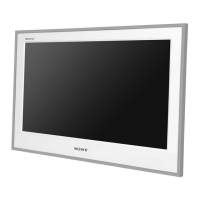
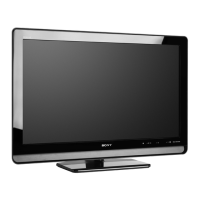
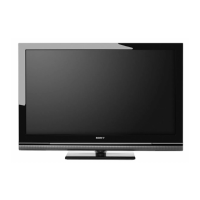

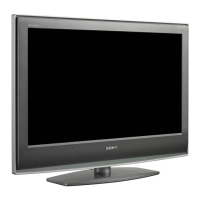

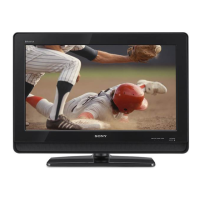
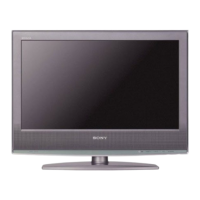
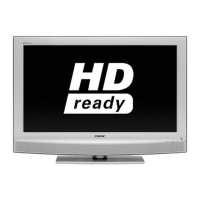
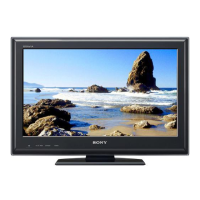
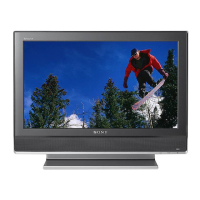
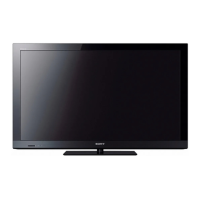
